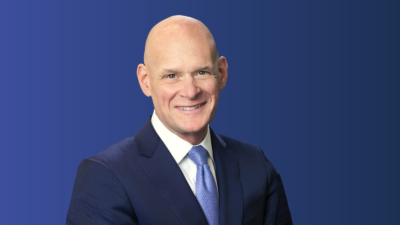A rethink of the classic 60/40 portfolio and the need to generate consistent income are driving global pension funds deeper into private debt. But this “best in a generation” vintage probably won’t last.
Proposed YFYS changes do nothing to address index hugging, according to AustralianSuper, and super funds should be compared to a universal industry benchmark rather than a larger and more complex set of indices in the performance test.
The market is betting that the Fed will tame inflation without blowing up the global economy. The Fed itself isn’t so sure, but Brandywine Global believes it’s approaching the problem from the wrong end.
Megafunds are outstripping APRA’s ability to regulate them effectively, according to a panel of super executives, while private asset valuations are a source of “real tension” between funds and the government despite its big nation-building push.
Super funds are double-checking their marketing materials and coming to grips with an evolving regulatory regime as greenwashing risk looms large.
The global energy system is changing at a rapid pace but it’s too early to pick winners, according to Calvert. And despite a tough 2022, true ESG will prevail.
Competition in super is heating up but it’s not yet come to the boil. Mergers, member retention and retirement are all shaping up as key battlegrounds for funds.
The government will continue to tweak the Your Future Your, Super benchmarks to provide certainty on sustainable investing and give ASIC more funding to combat greenwashing as global climate action heats up.
60/40 isn’t dead, but that doesn’t mean that investors shouldn’t be searching high and low for diversification. Despite what Harry Markowitz once said, it won’t necessarily come cheap.
Citi Securities Services has won the custody mandate for Mason Stevens as it looks to expand its platform offerings and its previous custodian, NAB Asset Servicing, winds down its operations.















